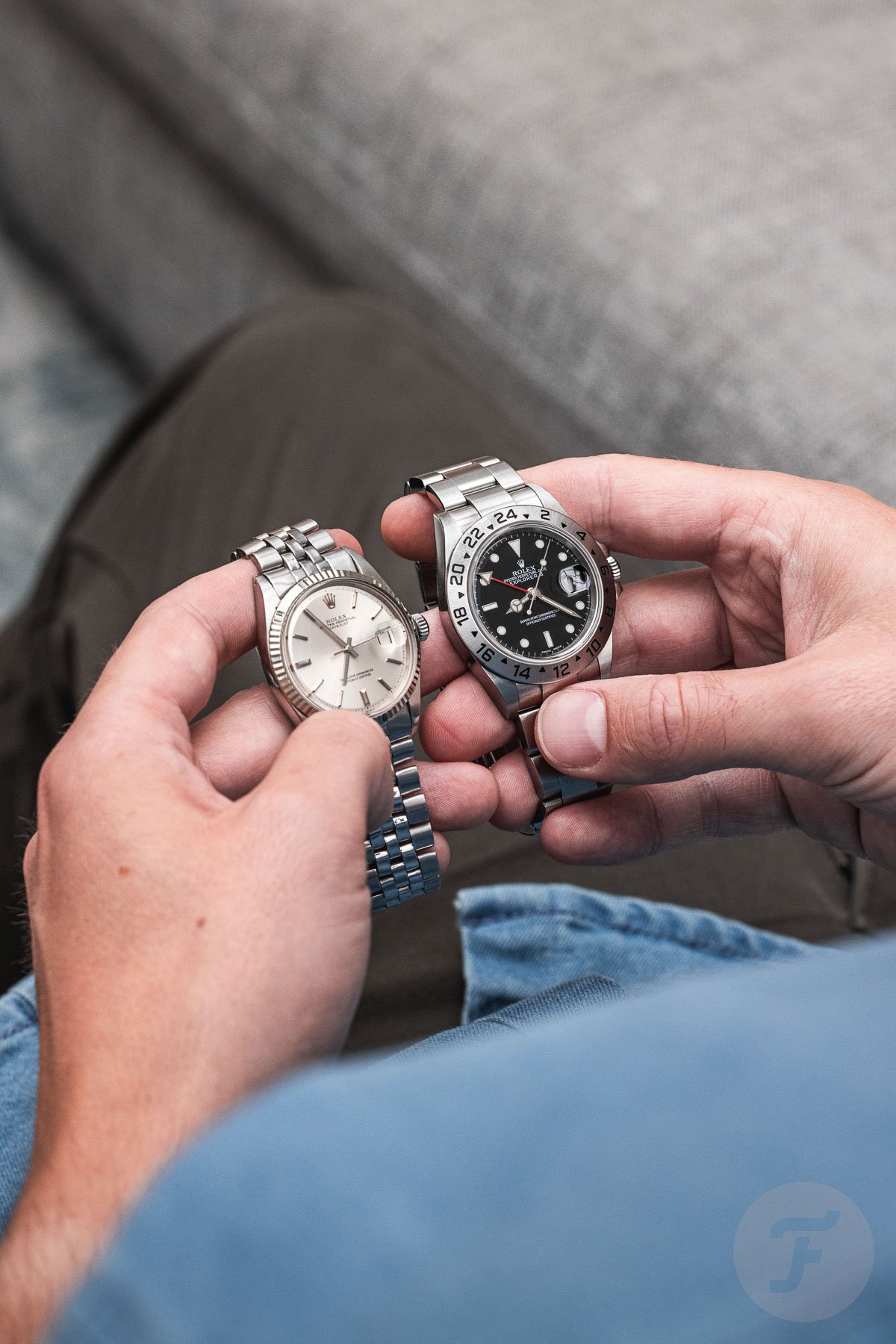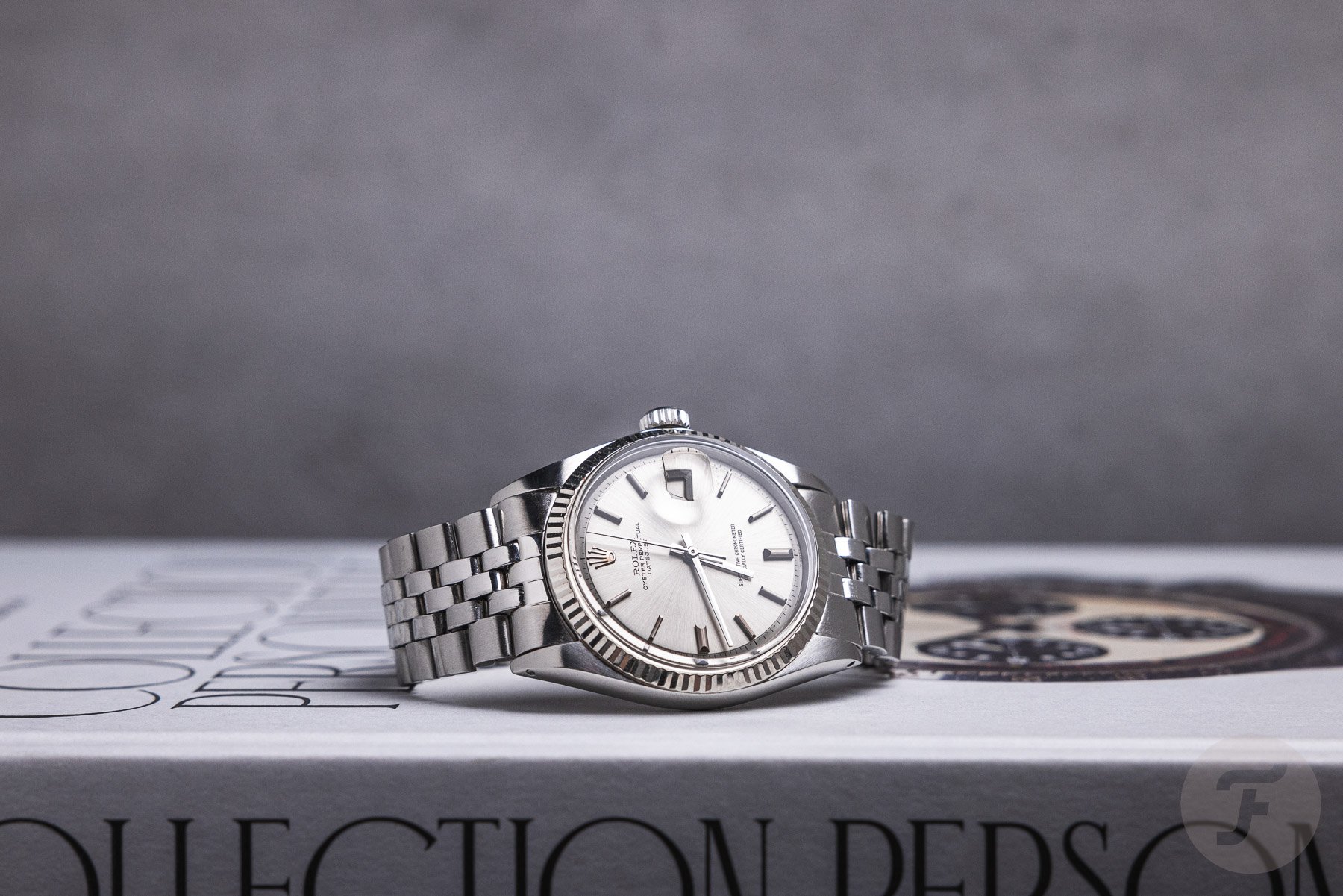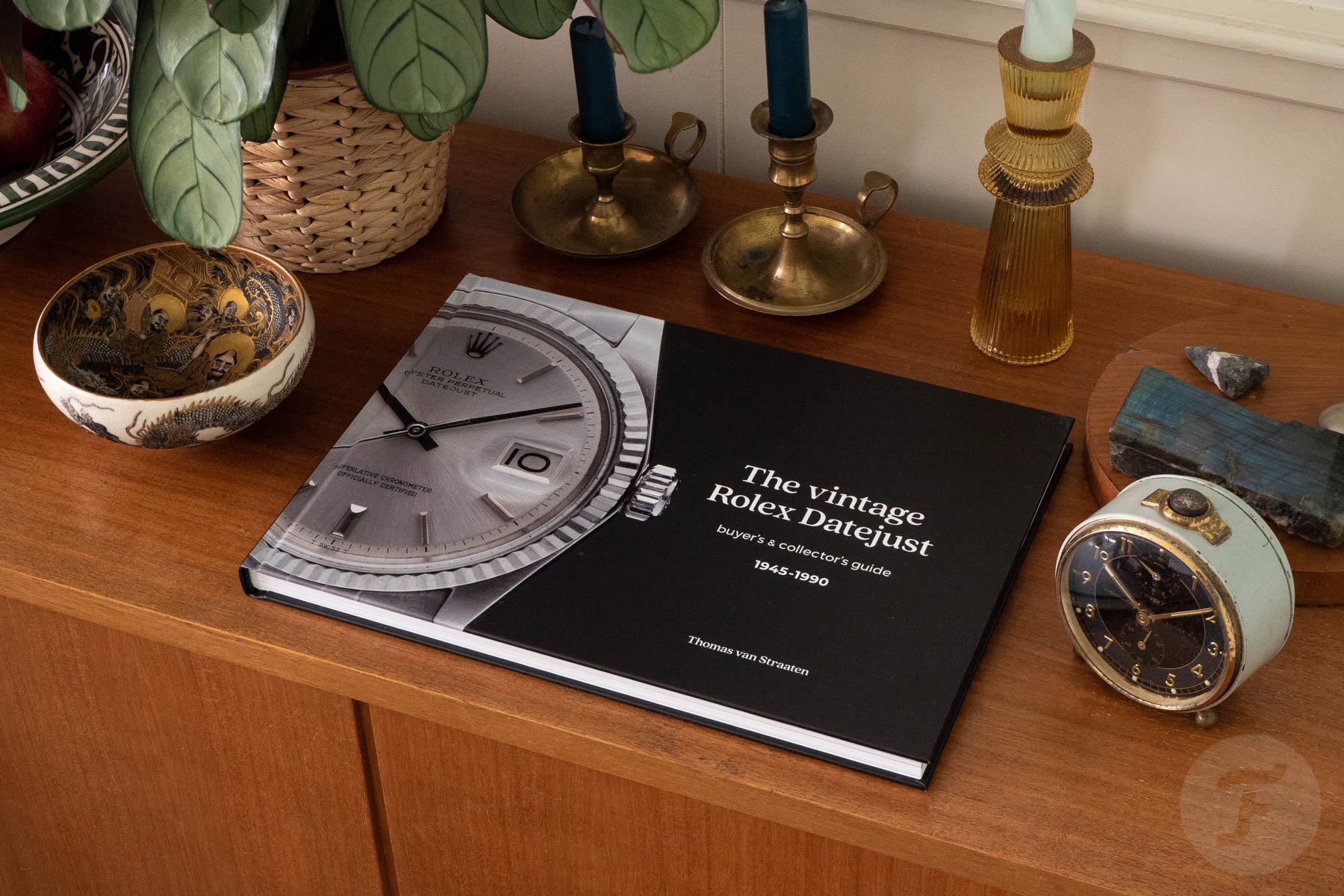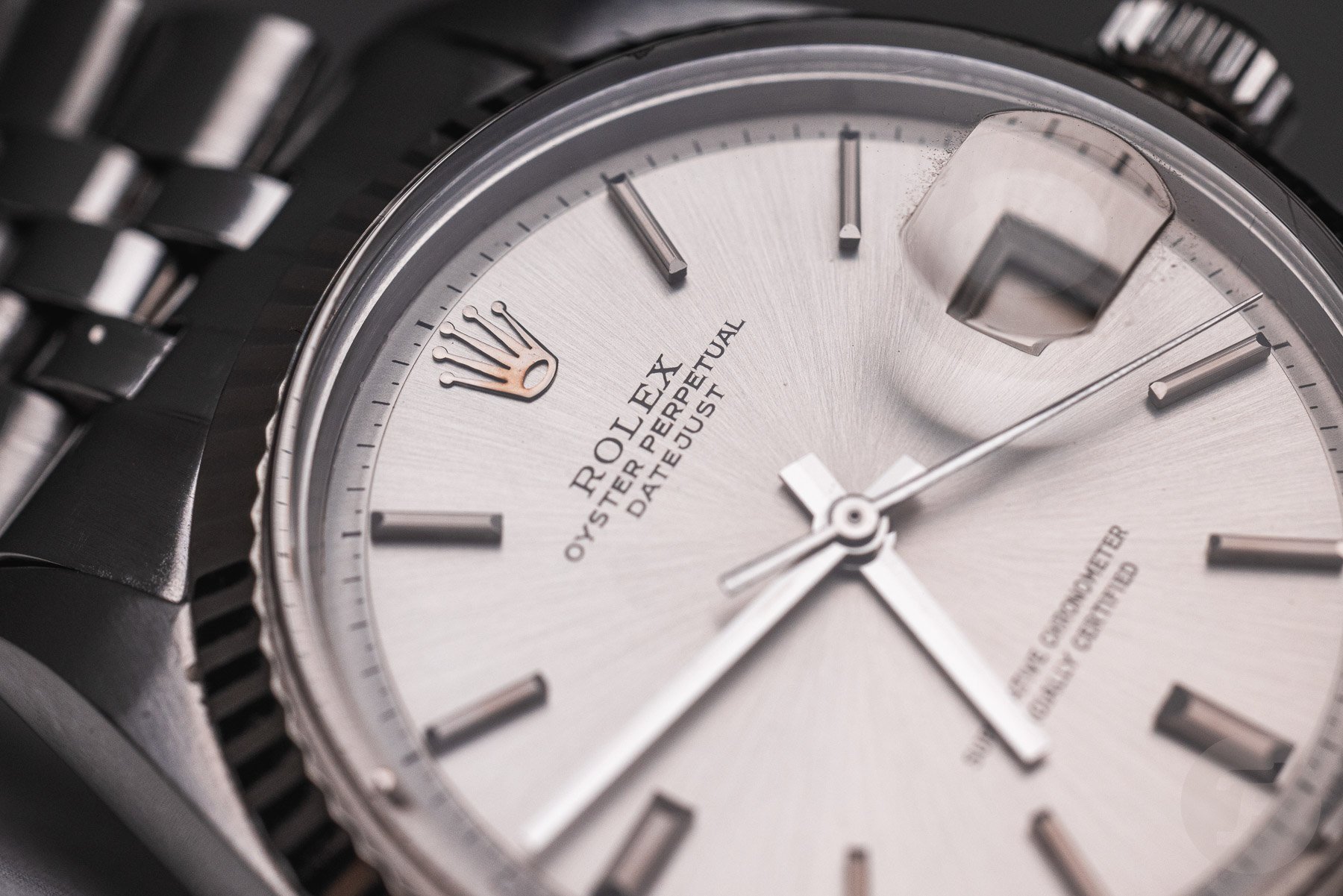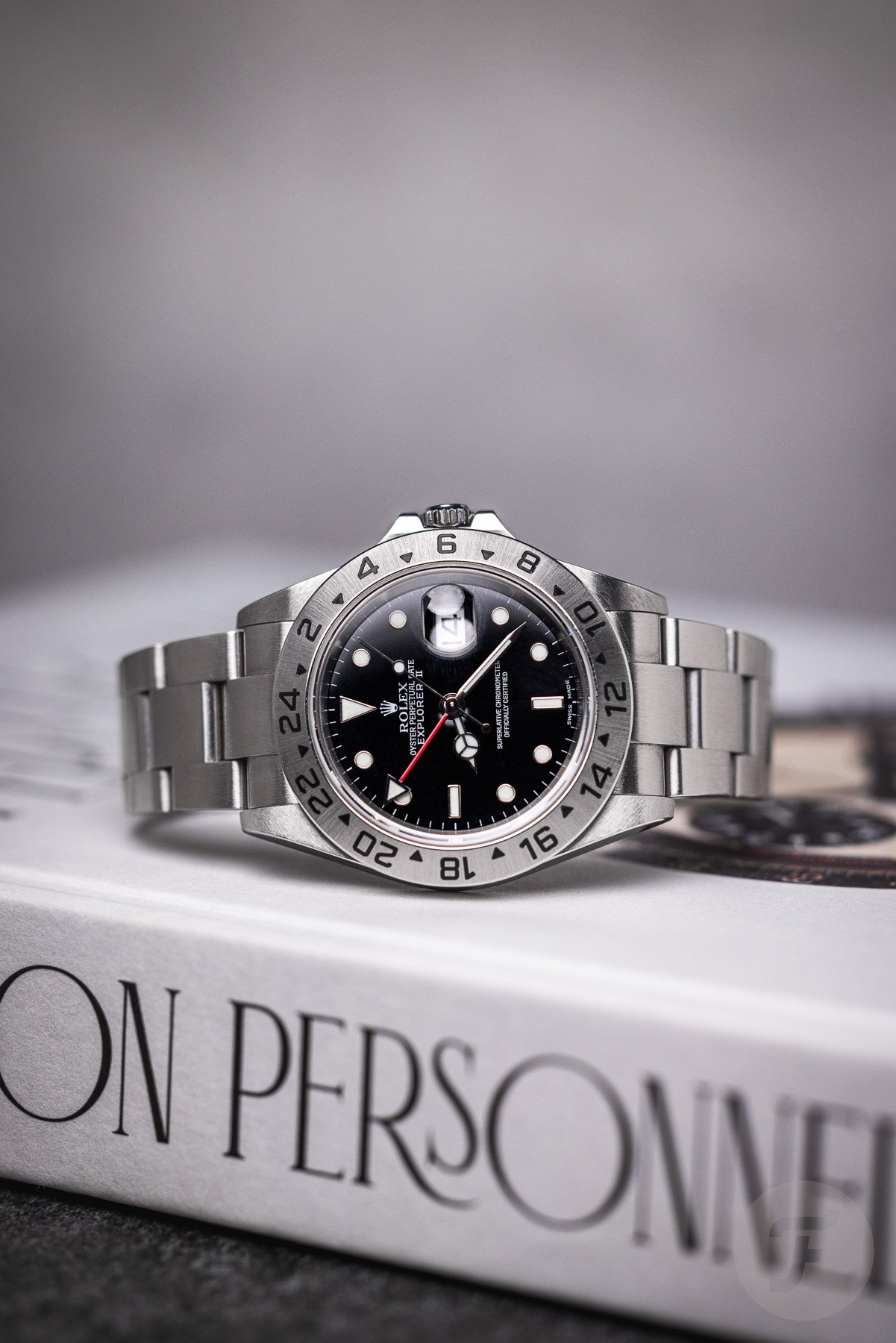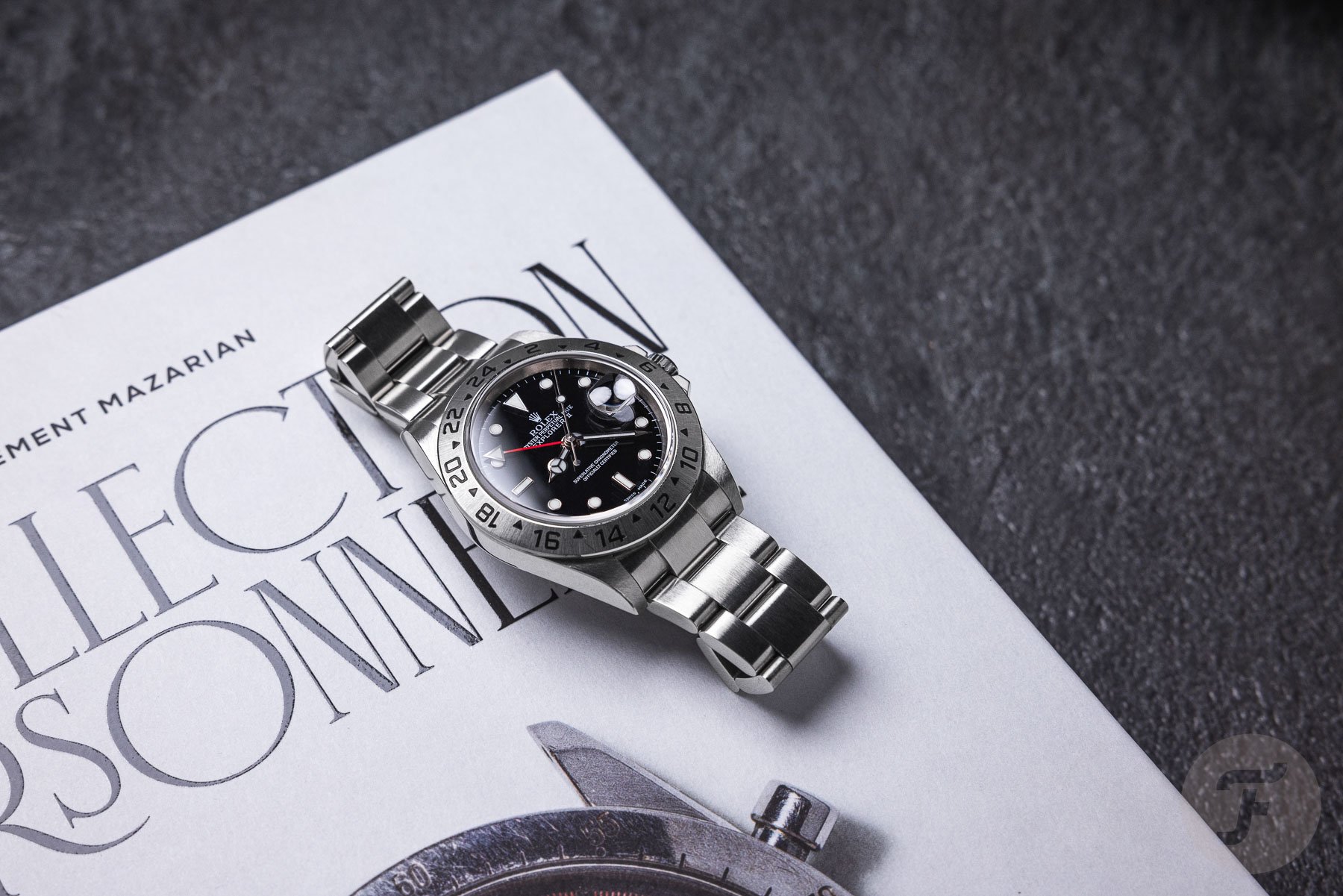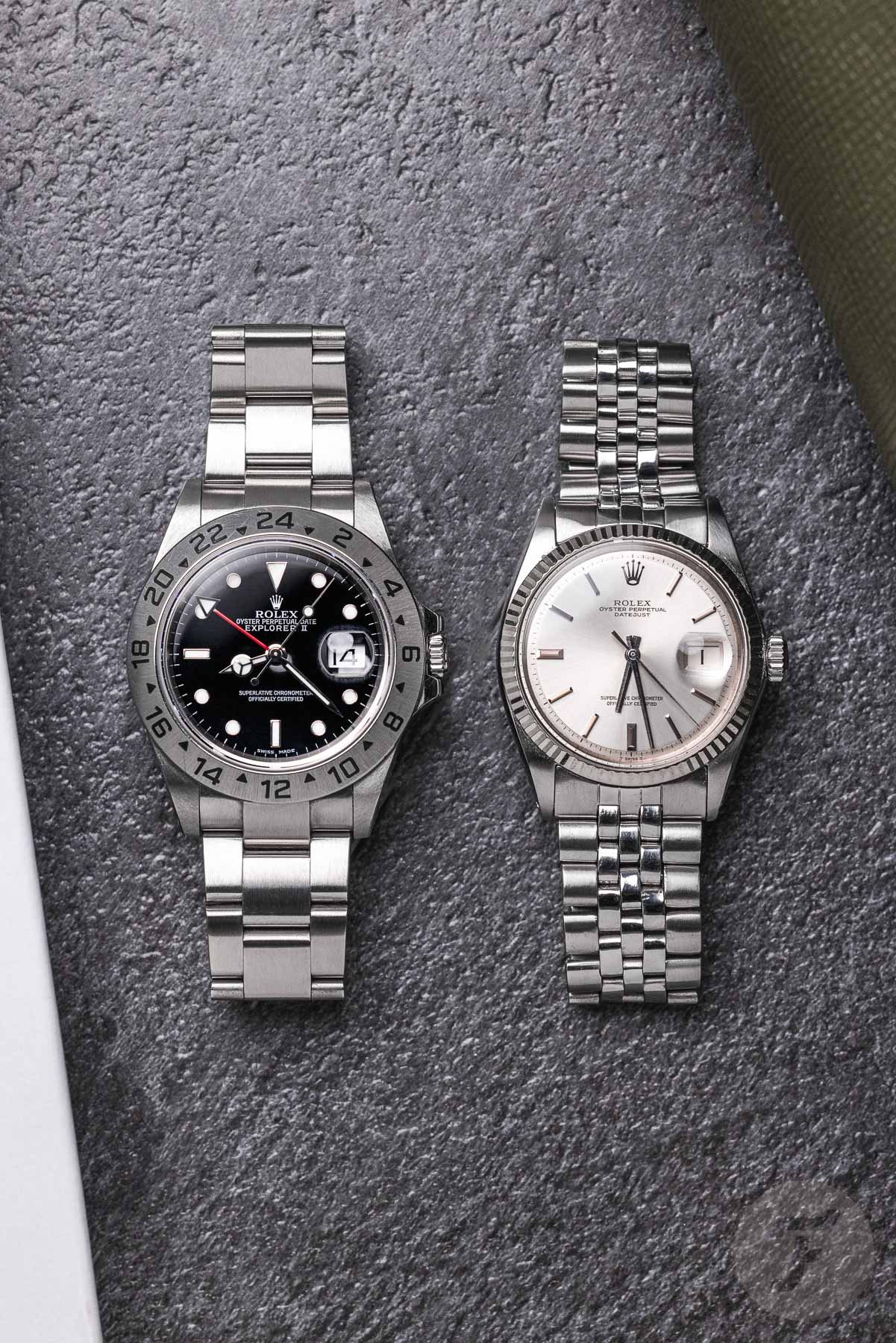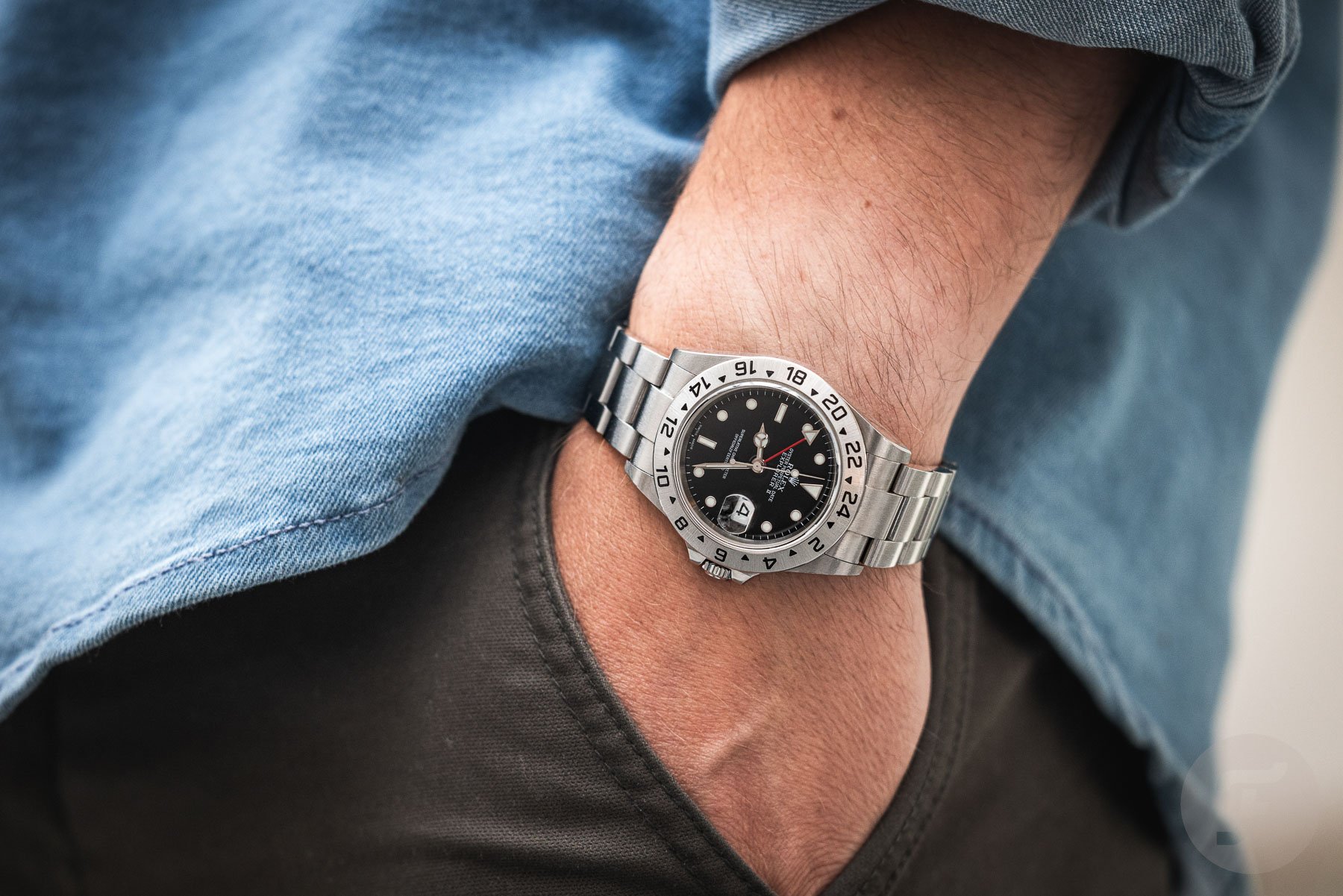The Backbone Of My Watch Collection — Two Very Complementary Rolex Watches
When Nacho asked me to do a story on my Rolex Explorer II and Datejust, it got me thinking about my watch collection as a whole. In a sense, these two Rolex watches are the backbone of it. They are a perfect mini collection within my watch collection. One represents a significant professional milestone, and the other gets most of my wrist time nowadays. Let’s have a look at these two pillars in my small collection, and afterward, I would love to hear what watches form the backbone of yours!
We are talking specifically about my silver dial 1967 Rolex Datejust Ref. 1601 in steel and white gold. The other is a 2004 Rolex Explorer II in steel with a black dial. Join me on some personal ramblings about two of my favorite watches.
The current state of my watch journey
Before we get into these two specific Rolex watches, let me outline where I am currently headed on my watch journey. This is turning out to be a pretty pivotal year for me. I have embarked on the challenging endeavor of developing my own watch. If you are a Fratello regular reader, you have probably run into my series of articles chronicling that effort. I aim to build my ultimate dream watch in terms of design, features, and quality. And then, hopefully, that vision speaks to enough aficionados to bring it into small-scale production. I will not go much deeper into it here; I devote plenty of words to it in the series on the topic.
The aim is to build my own ultimate dream watch in terms of design, features, and quality.
However, I found that this journey has changed my experience of watches in general. I became much more critical of choices in design and build quality. But I have also become more specific about what will get my wrist time once I have working prototypes of my watch. As you can surely imagine, a watch has to be pretty special for me to take off my very own design for it! In fact, I already prefer wearing my 3D-printed test cases over many of my earlier watches, odd as it may sound to anyone other than myself.
And so, it has triggered a bit of an exodus from my watch box. I have sold half of my collection, keeping only my absolute favorites. The question I kept asking myself was: Will I still want to wear this once my VPCs are here? If the answer wasn’t an instant “yes!”, then the watch could go. I may end up getting one or two watches back to take the place of the outgoing, but they have to absolutely blow me away.
The Rolex model with great personal significance
So has my vintage Rolex Datejust been on the chopping block? Most certainly not! This is a watch that has great personal significance. It represents the previous time I set myself a professional challenge that initially seemed too daunting.
Two years ago, I worked as a vintage watch dealer at Amsterdam Watch Company. I developed a particular love for vintage Rolex Datejust during my tenure there. I also noticed it was one of the most popular vintage watches in the store, but it did not have its own dedicated book yet. Watches like the Omega Speedmaster had great reference books, but none existed for the Datejust. And so, I decided I would write one myself.
Having unrestricted access to a constant flow of vintage Rolex Datejust watches and collectors was a blessing. I would go about my regular work during the day. At night and on the weekends, I would do research and photography, spending countless hours gazing at vintage DJs through my microscope. I spent fourteen months writing and then managed to get the graphic design and printing funded via Kickstarter. The Vintage Rolex Datejust Buyer’s & Collector’s Guide was born, and it was a huge personal milestone. And one that set me up for an even greater challenge now with my own watch brand.
My Rolex Datejust 1601 No-lume
One of the hundreds of watches that landed on my desk during my project was a 1967 Ref. 1601. At first glance, it was an archetypal vintage Rolex Datejust: white gold fluted bezel, silver pie-pan dial, and Jubilee bracelet. If you had to envision a vintage Datejust, this would be it. Even after seeing all the most exotic variants you can imagine, this basic version is still my favorite. The 16xx generation is perfection, in my eyes, even though it isn’t nearly as practical as later gens. There is no quickset date just yet, and no sapphire crystal. But it is the last generation to carry the stepped dial, which aesthetically makes all the difference to me.
There is one little odd feature on this one, though. It is a no-lume variant. There are no tritium plots on the dial, and the handset is closed rather than slotted for lume filling. These versions were produced for countries with import bans on radio-active materials, such as Japan. This is why they are often referred to as “Japan dials.” The fact that this was a sort of quick-fix solution by Rolex is visible under the six o’clock marker. It still says “T Swiss T,” indicating the absolute minimum of production-line changes was made.
I instantly fell for this watch and decided to make it my own. As it is such a beautiful example of the archetypal vintage Rolex Datejust, I later decided to put it on the cover of my book. My colleagues at Fratello have referred to it as the Rolex “Covergirl.” None too shabby as a nickname, I’d say.
My Rolex Explorer II
The other Rolex in my collection is a Ref. 16570 Explorer II in the black dial execution. Mine dates back to 2004. This means it features Super-LumiNova, no drilled lug holes, and solid end links. I intended for my Explorer II to be more of an everyday watch. To that end, I opted to go for a slightly younger model with functioning lume and those solid end links.
In many respects, it is the polar (pun intended) opposite of my Rolex Datejust. My Datejust is chic, vintage, and classically small. My Explorer II is solid, sporty, and focused. This is what I like about this specific generation of Explorer II. It has a Spartan simplicity to it. It is arguably one of the most bare-bones and under-the-radar Rolex sports watches. Only the glossy dial with applied white gold markers hints at the more glamorous future that Rolex was building towards.
Admittedly, I had to grow into my Explorer II. I wore it often, then left it at the vault for a while. There was a long time when I felt more comfortable wearing more affordable watches. But I am happy to have rediscovered the 16570, which is currently my most-worn watch. It suits both my style and my lifestyle to a tee.
Final thoughts
I have other watches that are very dear to me; watches that celebrate great life events. My Rolex Datejust and Explorer II, however, represent the backbone of my collection in a totally different way. Those two Rolex watches fit two different sides of how I perceive my style in watches. They set a certain standard for my collection regarding quality and design. That doesn’t mean every watch I wear has to be at least as good, but they form an anchor in some weird way. I tend to test my desire for new watches against these two before making a purchase.
I have learned not to declare any watch as a definitive keeper. The truth is that I have fallen out of love with more watches than have remained in my small collection. So I will not make any bold statements about how these two watches will remain with me forever. In fact, if my latest entrepreneurial endeavor fails, I will probably have to sell both to stay afloat. And then some. But as it stands, these are the backbone of my collection and an absolutely perfect pair, if you ask me.
What watches are the core of your collection and why? Let us know in the comments below.

